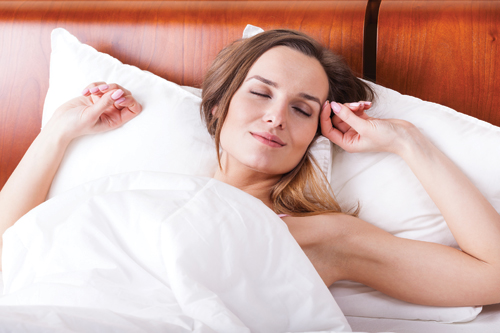Here’s a question you may not have asked lately. How many men, women, and children under your care have undiagnosed sleep-disordered breathing (SDB) issues? I believe this topic warrants more attention from dental professionals, so I’d like to share what I learned about SDB from personal experience. I bet some of you reading this are just like me, and more importantly, you see a lot patients who are like me.
My learning experience began one morning when my husband said, “Karen, you were snoring last night.”
I quickly replied, “No, I wasn’t.” I don’t snore!
After we bantered for a few minutes, I conceded. I asked, “Well, was the snoring at least quiet and feminine?” When he said no, I had to pick up my jaw off the floor. I couldn’t believe it. He was the one with sleep apnea. He wore the CPAP every night.

© Katarzyna Bialasiewicz – Dreamstime.com
What would my snoring mean for me? I was curious enough to take the next step, so I downloaded an app called SnoreLab. I now recommend this app to my patients so they can find out whether or not they snore. Not all snoring indicates sleep apnea. But if you do snore you need to find out whether or not you stop breathing for 10 seconds or more during these events referred to as sleep apnea. Breathing cessation, even for a few seconds at a time, reduces the oxygen traveling to cells and organs, which contributes to a domino effect that adversely impacts health.
What did I learn from my SnoreLab app when it recorded my snoring, and then ranked the snoring episodes as quiet, light, loud, or epic? Again, I had to pick up my jaw off the floor when I checked it. I made it all the way up to epic snoring! Definitely not feminine. Mind you, I was completely unaware that somehow my sleep had turned into a snoring frenzy.
